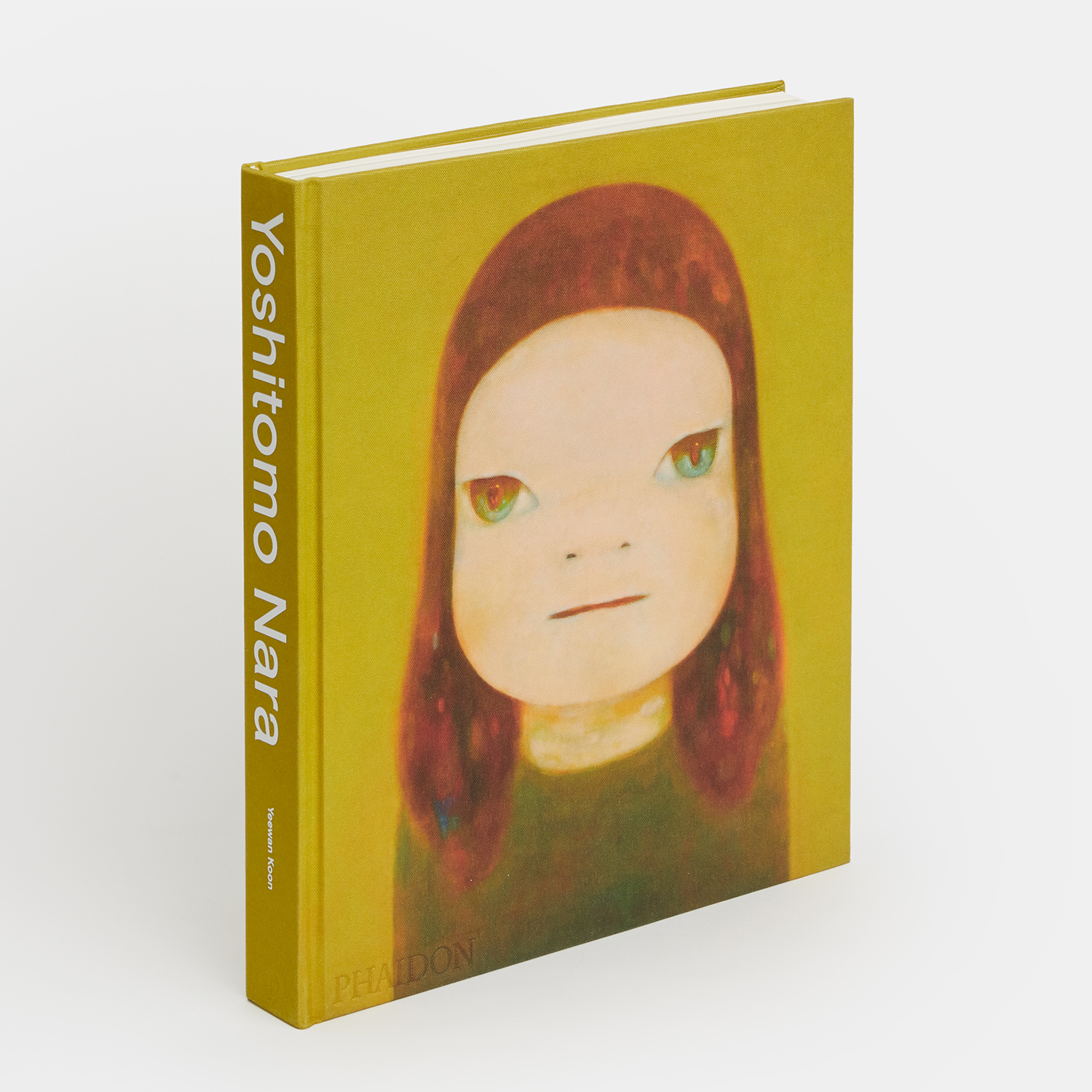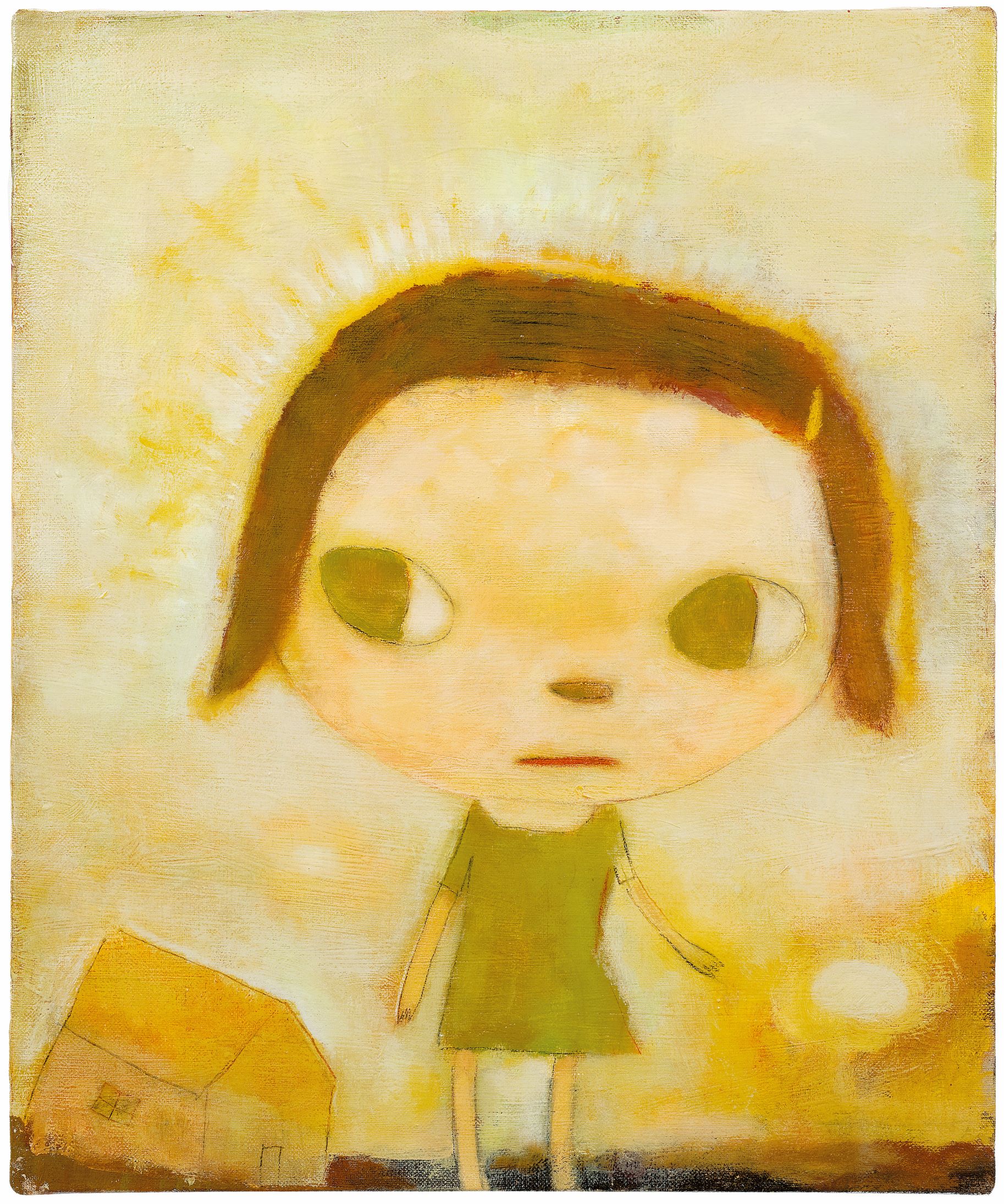
Yoshitomo Nara on his worst studio, his favourite chocolate, and why his forthcoming LA show will be a class reunion
The painter shares his thoughts on his art, diet and well-known works with the New York Times
How does Yoshitomo Nara think of his most famous creations, his big-headed girls? “The Nara ‘girl’ is a contrary figure,” as our new book on the Japanese artist explains. “Her childlike expressions resonate with adult emotions, her embodiment of kawaii (cuteness) carries a dark humor, and any explicit cultural references are intertwined with personal memories.”
In a recent interview with the New York Times, the artist reflected on his forthcoming retrospective at the Los Angeles County Museum of Art (due to open as soon as LACMA can welcome visitors once more), as a sort of “class reunion,” though one at which he is a fairly senior guest. “It’s not my children having a reunion,” the artist told the paper. “It’s more like my grandchildren.”
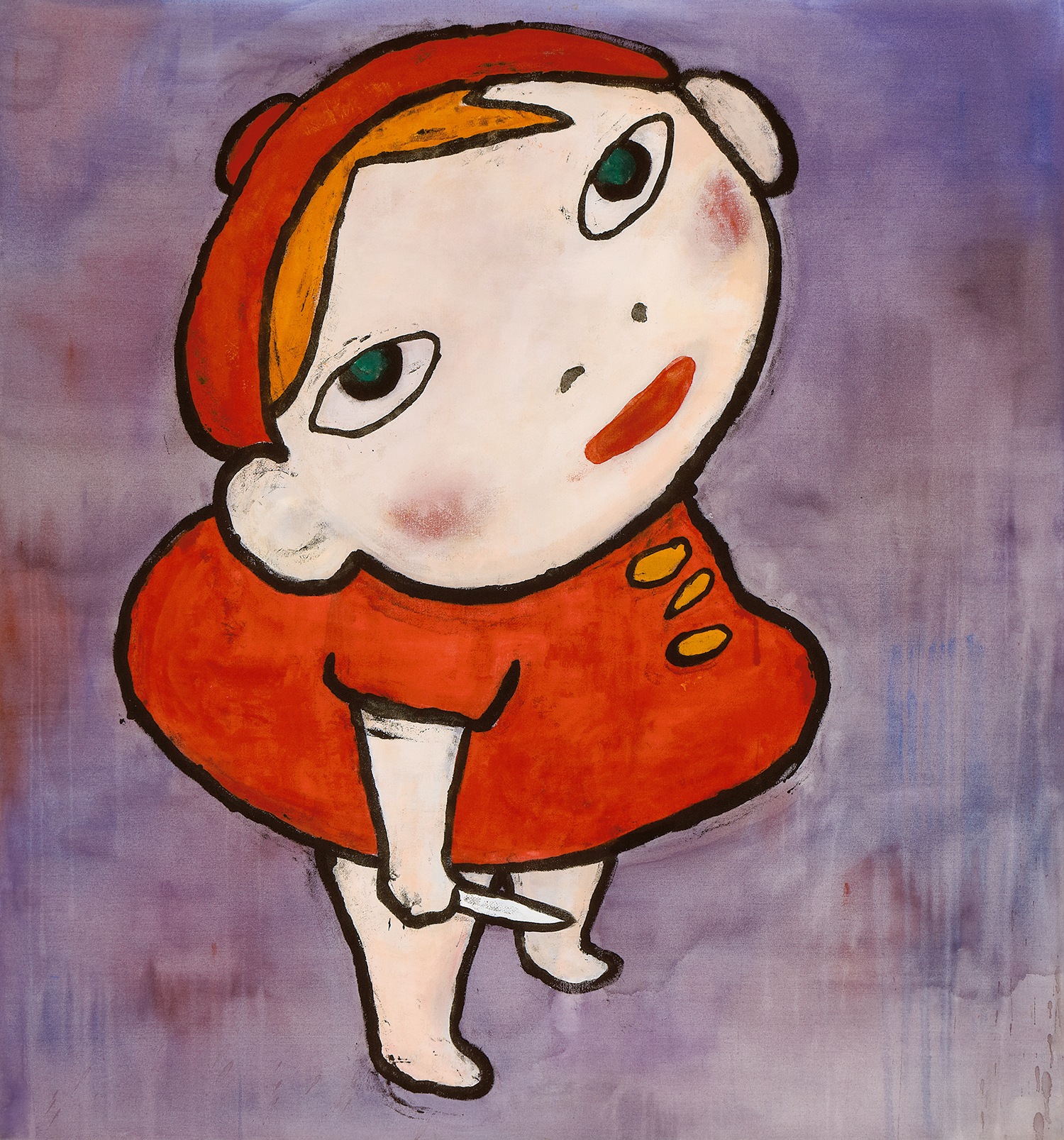
That generational gap sounds about right, as Nara began making these girl paintings quite a while ago. It was in the early 1990s when the painter, then as a graduate student in Germany, laid the foundations of his distinctive style that would go on to make him famous, and he did so in fairly basic circumstances.
“When I was young, my studios were really terrible,” he recalls, “but I enjoyed all of them. For example, when I was in Germany, I had a studio where I had no shower. But I just went to the pool all the time and I washed my hair there.” He suffers no such domestic shortcomings these days, owning a studio in the Tochigi Prefecture of Japan that now overlooks “Mountains, forests and grassland. No people.”
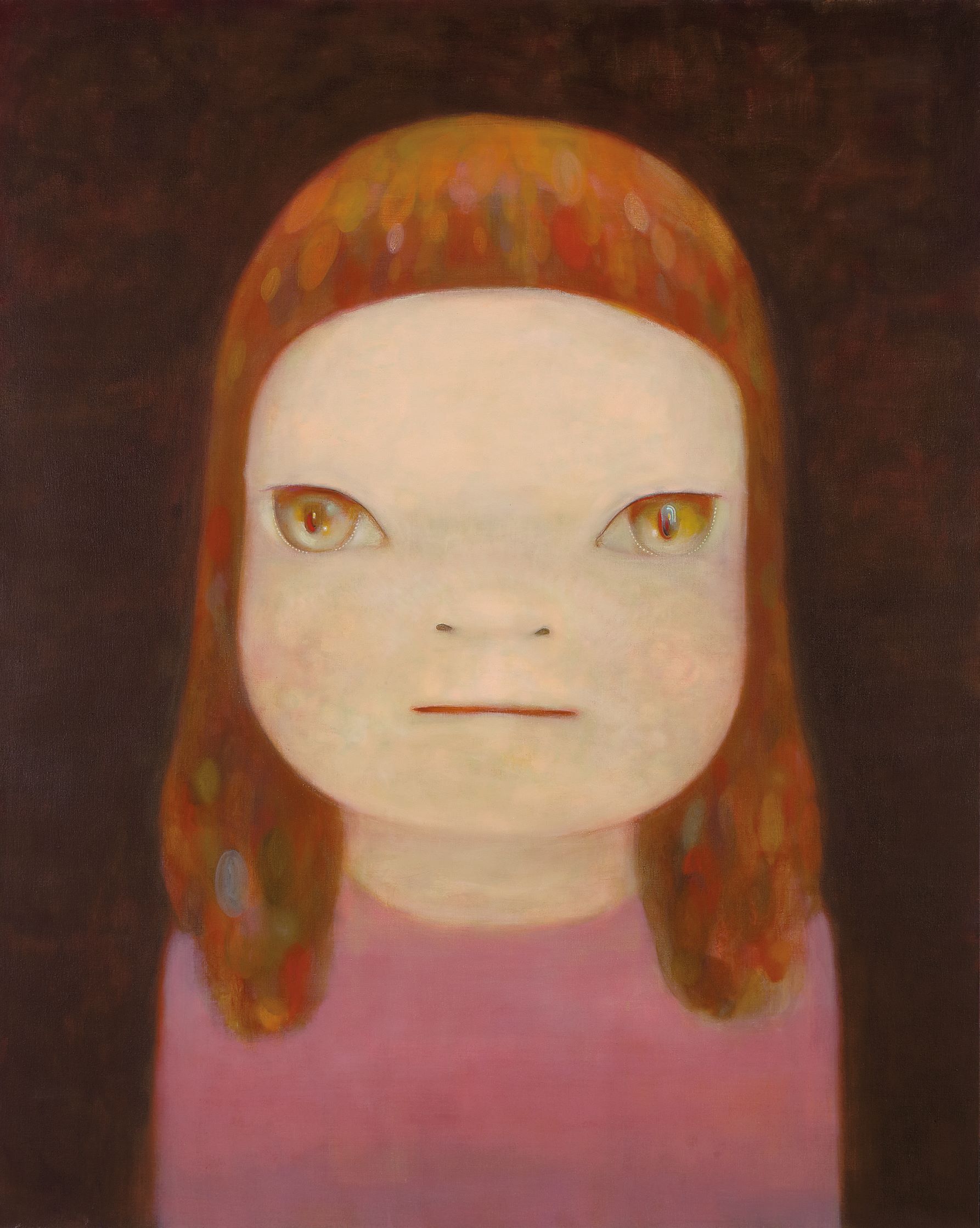
Unlike many of his contemporaries, Nara doesn’t employ any assistants, (he says the absence of staff allows him to “totally slack off” if the mood takes him) and doesn’t tend to socialise with fellow art stars either. “I very rarely meet with other artists,” he says. “Artists tend to only want to talk about art. I’d rather talk to people with other interests: people who love movies, or people who love to read, or people who are in professions completely different from mine. People who work as fishermen, people who work as hunters, people who work in forestry.”
Nevertheless, he does recall the moment when he started to think of himself truly as an artist. It came shortly after graduating from the Kunstakademie in Düsseldorf. “Up until then, when I would check in at a hotel and have to register my profession, I would always write ‘student,’” he says. “But after I graduated, I could no longer write ‘student’. And so I thought, ‘OK, well, I guess I have to write ‘artist.’”
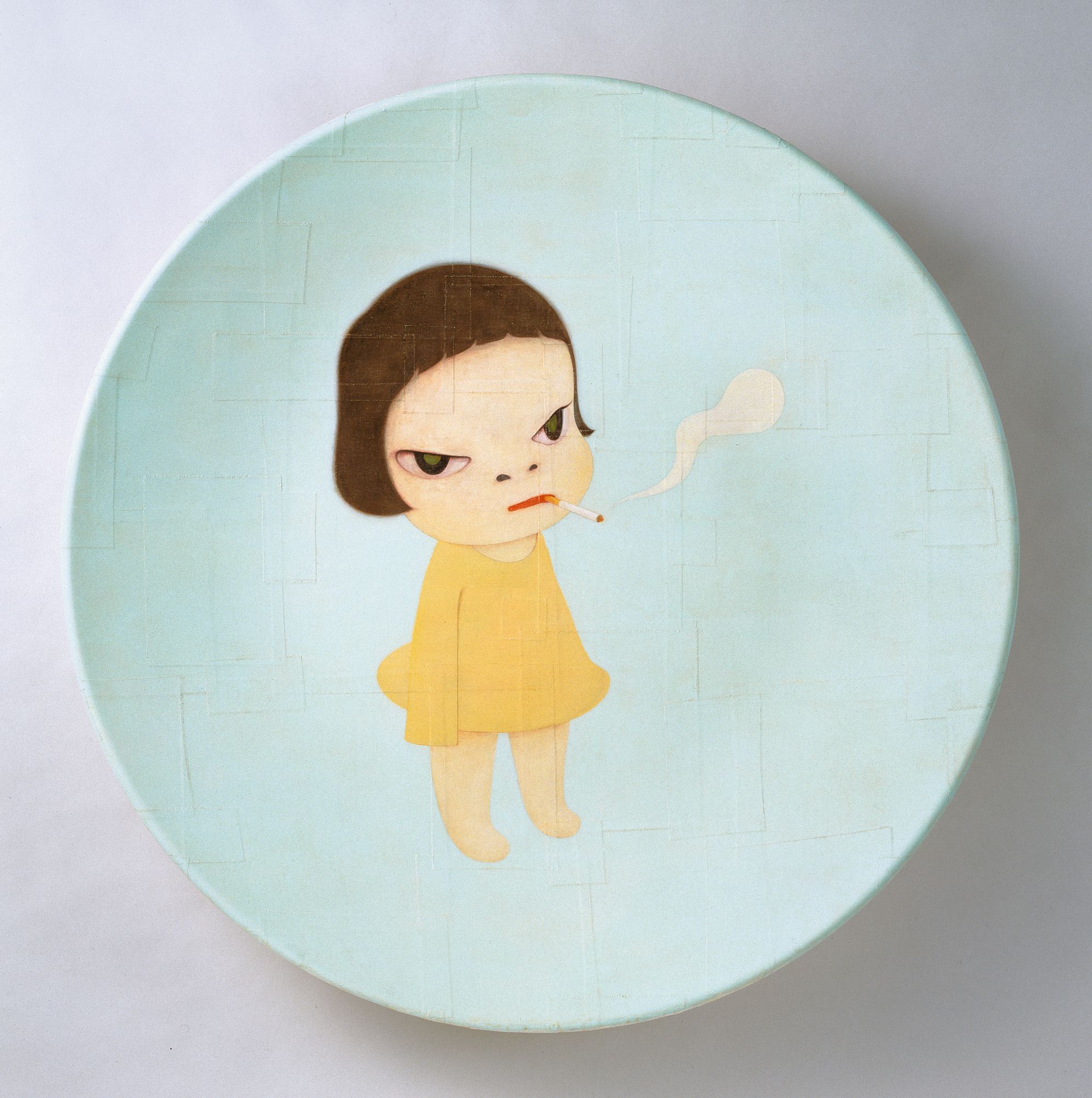
But Nara isn’t one for affectations and doesn’t profess to possess any Herculean work ethic - “If it’s a good day, I might work from the moment I get up all the way until the time I go to sleep. I’ll spend a whole day in the studio. And there are some days where I don’t do any work at all, and I just go on a walk or read a book.”
His diet isn’t especially fancy either. In response to the question: Is there a meal you eat on repeat when you’re working?, he replied. “ When I lived in Germany, it was Haribo gummy bears. But when I moved back to Japan, it became chocolate.” Nara once tweeted a picture of his favourite chocolate, People Tree, “and then the company sent me a bunch.” And given his solitary working practices, he doesn’t even have to share.
For more on this singular artist and his poppy, yet surprisingly moving pictures, order a copy of our Yoshitomo Nara book here. For more on creative people and their working environments, take a look at Life Meets Art.
